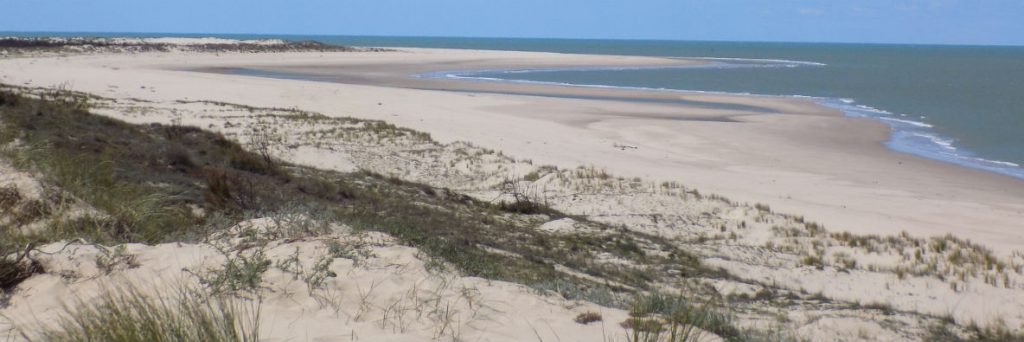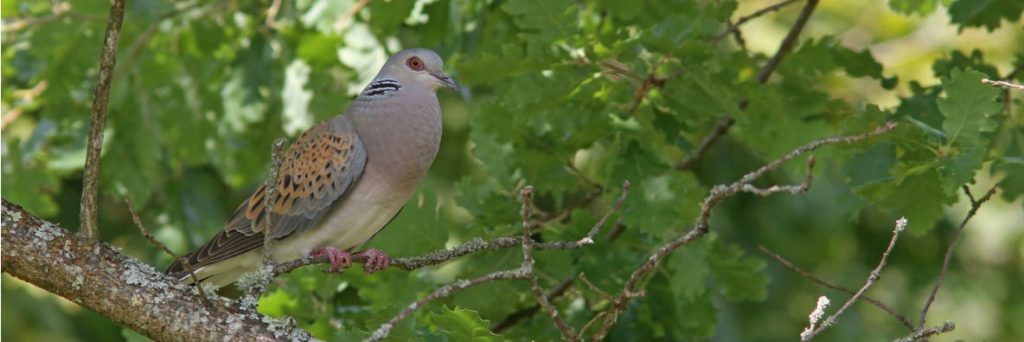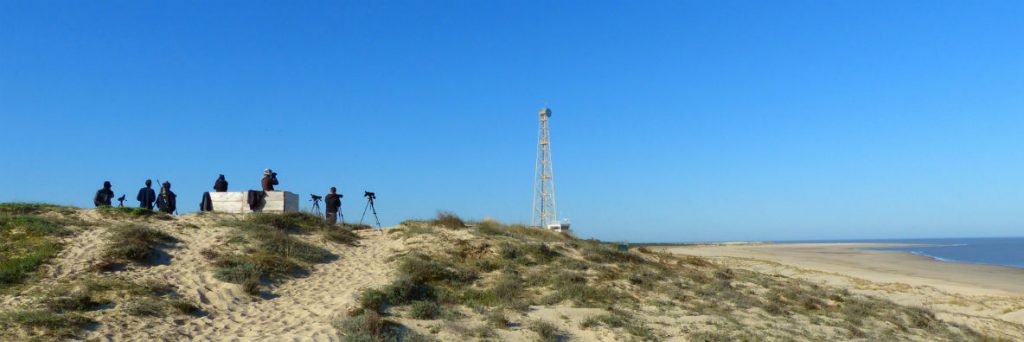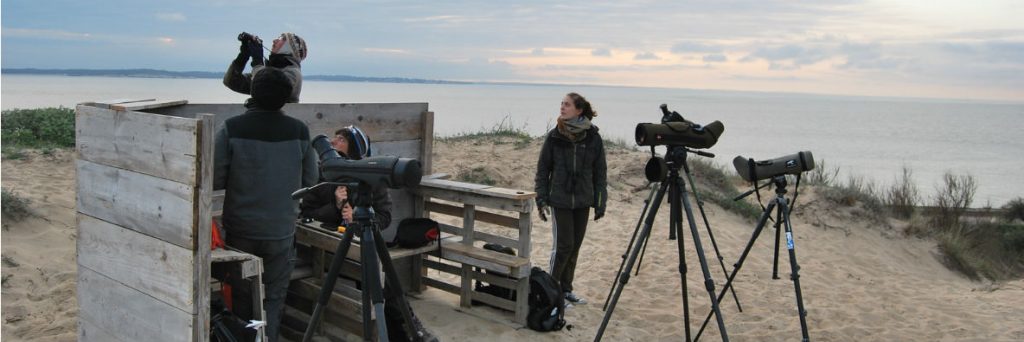Turtle doves are now back on their breeding grounds in East Anglia and south-east England, feeding up and raising their chicks. Earlier this spring though, they crossed agricultural land, desert and seas in their travels. One site in France is renowned for being a great place to witness turtle dove migration in action. Jeremy Dupuy from the Ligue pour la Protection des Oiseaux (BirdLife in France) can tell us more about it.
The turtle dove is a migratory species that overwinters in sub-Saharan Africa. During the spring migration, one location, in south-west France, is a particularly interesting spot to observe the active migration of turtle doves. This spot, the Pointe de Grave, on the northern tip of the Medoc peninsula, is a spring migration hotspot in Europe with nearly 300,000 birds counted each year. This strategic point concentrates birds migrating both along the coastline and along the interior via the south coast of the Gironde estuary, to avoid crossing the water.

From mid-April to the end of May, the turtle dove is the emblematic species of the spot. The movement of these birds is most pronounced during the first hours of the day with flocks of some dozens of individuals attempting to cross. Often, collared doves join the flocks and form some mixed groups. It’s likely that many of those birds go to the United Kingdom to breed.

During the 1990s and 2000s, the Pointe de Grave was the scene of intense poaching activity. This illegal killing was strongly denounced and fought by the Ligue pour la Protection des Oiseaux, with support from international partners. Nowadays, the poaching is over and the Pointe de Grave is a symbol of biodiversity.
Since 1986, ornithologists have spent three months (March to May) every year counting all of the birds crossing the estuary, making the Pointe de Grave one of the oldest migration survey sites in Europe. Some days, several thousands of birds are counted with good numbers of hobby, swift, golden oriole, barn swallow or spoonbill. The diversity is impressive with more than 170 species observed each year.

The results of counting confirm the global finding on the conservation status of the turtle dove in Europe. As in the United Kingdom, the French breeding population has also declined, with a 51% decrease since 2001.
In the Pointe de Grave, the long-term trend shows a decline of 74% since 1986. Despite these declines, when the weather conditions are favourable with a northerly wind, it is possible to watch several hundreds of turtle dove in one morning. 2004 was the best year for this species with 44,436 birds counted. The top day occurred on 15 May 1986 with 10,941 individuals observed. Nowadays, the seasonal total doesn’t exceed 5,000 individuals. If nothing is done in the next few years, it is probable that the turtle dove will become a scarce species at its most emblematic migration survey site.

For more information on the migration watchpoint at Pointe de Grave, including bird reports, visit https://www.migraction.net/index.php?m_id=1510&frmSite=9








